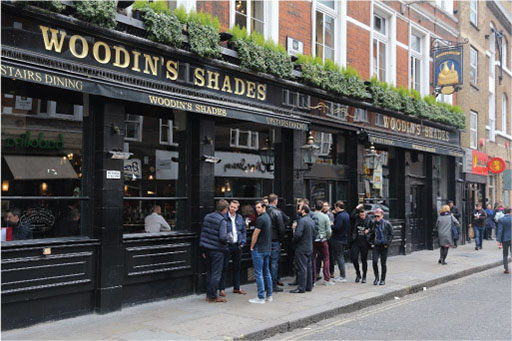1 Crowds and identity
Imagine that it is late in the evening in the city or town centre near where you live, you are with three friends and have decided on a final bar for a last drink before you head home. As you walk towards the bar, you spot a large group of men chanting the name of their football team as they enter the same bar. Would it affect your choice? Would you change venue?
Our lives require us to make quick decisions in uncertain scenarios, and we rapidly use our lay understandings of social behaviour to make those decisions. Perhaps the men are chanting the name of your team, you identify with them and enter the bar. Perhaps you sense that things could get out of hand and decide to go somewhere else. Perhaps you don’t drink alcohol and have been trying to think of an excuse to head home – you are not much of a fan of crowded bars anyway.
In this course you will first briefly look into the concepts, constructs and questions developed by crowd psychologists and how these have driven the terms of reference and subsequent lines of inquiry of contemporary crowd studies. One of the sustained lines of inquiry driving crowd studies is ‘Does the event of being in a crowd help to create a sense of identity or lead to a loss of identity?’ Though there are disagreements among crowd scientists, very few would argue against the idea that crowds are transformative.
Reading the example in the following section, you will appreciate how common-sense understandings of the crowd, whether ideological or practical, contain lay thinking that is often inaccurate or overly simplistic. For example, returning to the opening scenario, did you regard a large crowd entering a bar as problematic? When it comes to fighting in city centres late at night, Levine and Crowther (2008) and Levine, Taylor and Best (2011) have studied CCTV footage and shown that the likelihood of violence may increase with the size of the group. However, so does the likelihood of conciliatory behaviour – where a third party may step in to stop a potential incident. Perhaps the large group of football fans should have been wary of you and your friends!

